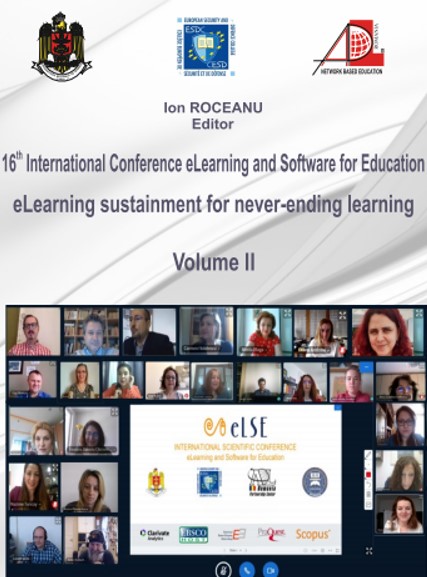APPLIED CRYPTOGRAPHY IN DESIGNING E-LEARNING PLATFORMS
APPLIED CRYPTOGRAPHY IN DESIGNING E-LEARNING PLATFORMS
Author(s): Marius Iulian MIHAILESCU, Ştefania Loredana Niţă, Pau Valentin CorneliuSubject(s): Security and defense, ICT Information and Communications Technologies, Distance learning / e-learning
Published by: Carol I National Defence University Publishing House
Keywords: applied cryptography; e-learning; security; risks; threats; platform;
Summary/Abstract: Cryptography plays an important role when we are designing and implementing electronic systems. Two directions will be covered, providing privacy and securing e-learning. First one will cover the necessary tools for offering protection over personal information of learner. The second one will focus on securing the environment in order to provide integrity, confidentiality, authentication, authorization and last but not least the proof of origin. The paper will go through the problem of security for eLearning platforms and how cryptography algorithms are able to ensure the integrity and confidentiality. Delivering knowledge, feedback (from and to student/professor), and secure assessments represents one of the most important aspect on which we need to focus. The current work is based on a project meant to develop cryptographic modules to be able to be implemented in e-learning systems. The implemented algorithms are: Rivest-Shamir-Adleman (RSA), Advanced Encryption Standard (AES), Data Encryption Standard (DES), Searchable Encryption algorithm adapted for eLearning (entitled SEEL), Elliptic Curve Digital Signature Algorithm (ECDSA) and Russian Federal Standard for Digital Signatures (GOST 34.311-95). The modules are implemented in C#, Python and Haskell, offering in this way a large pallet of technologies from which the developers can choose and adapt easily to different trends on the market. The applications for the user (web and desktop application – where is necessary) are able to be implemented using technologies such as ASP.NET, PHP and Haskell YESOD. As database management systems (DBMS) we will use Microsoft SQL Server 2017, mariaDB, and Firebase.
Journal: Conference proceedings of »eLearning and Software for Education« (eLSE)
- Issue Year: 16/2020
- Issue No: 02
- Page Range: 179-189
- Page Count: 11
- Language: English

